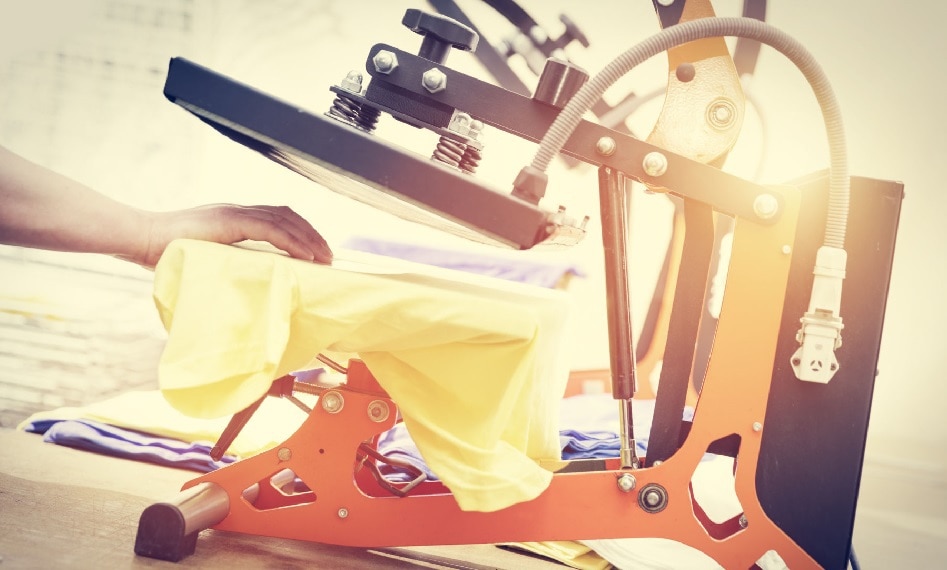Heat transfer presses have become increasingly popular in recent years, enabling individuals and businesses to create custom designs on a wide range of products. Whether you’re interested in starting a small business or simply want to explore the world of heat transfer printing as a hobby, understanding the ins and outs of heat press machines is essential. In this ultimate guide, we will take you through everything you need to know about heat press machines, from their basic operation to advanced techniques and tips for achieving professional results.
Table of Contents
What is a Heat Press Machine?
A heat press machine is a device that uses heat and pressure to transfer designs onto various surfaces. It consists of a heated platen, where the substrate and transfer material are placed, and a control panel for adjusting temperature, time, and pressure. Heat press machines come in different types, including clamshell, swing-away, and hybrid models, each with its own advantages and suitable applications.
Choosing the Right Heat Press Machine
Selecting the right heat press machine depends on several factors, such as your budget, intended use, available space, and production volume. Consider the size of the platen, as it should accommodate the products you plan to print on. Evaluate the machine’s quality and features, such as temperature consistency, pressure control, and ease of use. Research reputable brands and read reviews to ensure you invest in a reliable and durable heat press machine.
Heat Transfer Techniques and Tips
There are two primary heat transfer techniques: heat transfer vinyl (HTV) and sublimation. HTV involves cutting designs from vinyl sheets and heat pressing them onto the substrate, while sublimation uses heat to transfer ink onto specially coated substrates. Before pressing, ensure your design is properly prepared, and position it correctly on the substrate for accurate alignment. Experiment with different temperature and time settings for various materials to achieve optimal results. Additionally, consider using heat press accessories such as Teflon sheets or heat-resistant tape to enhance the printing process.
Exploring Advanced Features
Advanced heat press machines often come equipped with additional features that enhance functionality and productivity. These include digital displays and programmable presets, allowing you to precisely control temperature, time, and pressure. Adjustable pressure settings enable you to accommodate different materials and thicknesses. Auto-opening and auto-swing functions streamline the production process, saving time and effort. Some models offer dual platens or interchangeable platens, expanding the range of products you can print. Explore innovative technologies, such as even heat distribution systems, for consistent and professional-looking results.
Maintenance and Troubleshooting
Proper maintenance is essential to keep your heat press machine in optimal condition. Regularly clean the platen and remove any adhesive residue. Replace worn-out parts, such as silicone pads or Teflon sheets, as needed. If you encounter issues, consult the user manual for troubleshooting tips or reach out to the manufacturer’s support team for assistance. Adhere to safety precautions, such as wearing heat-resistant gloves and ensuring proper ventilation in your workspace.
Heat Press Business Opportunities
Heat press machines offer a range of business opportunities. You can start a custom apparel business, create promotional items, design personalised gifts, or cater to niche markets with unique products. Conduct market research, identify your target audience, and develop a pricing strategy that considers production costs and profitability. Promote your business through online platforms, social media, and local networking opportunities.
In conclusion, heat press machines have transformed the printing industry, enabling individuals and businesses to unleash their creativity and produce customised products with ease. By understanding the basics of heat press machines, choosing the right one, mastering various heat transfer techniques, and utilising advanced features, you can achieve professional-quality results.

